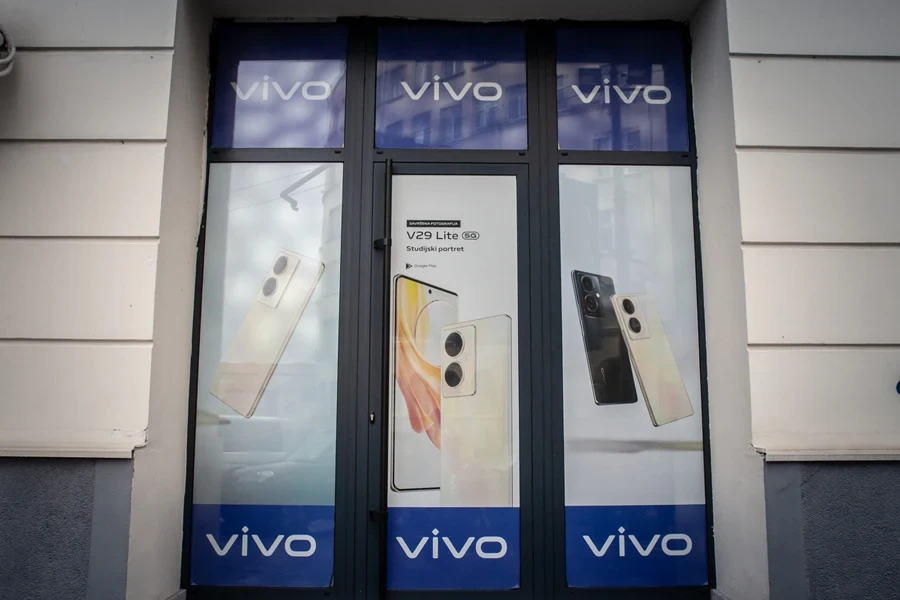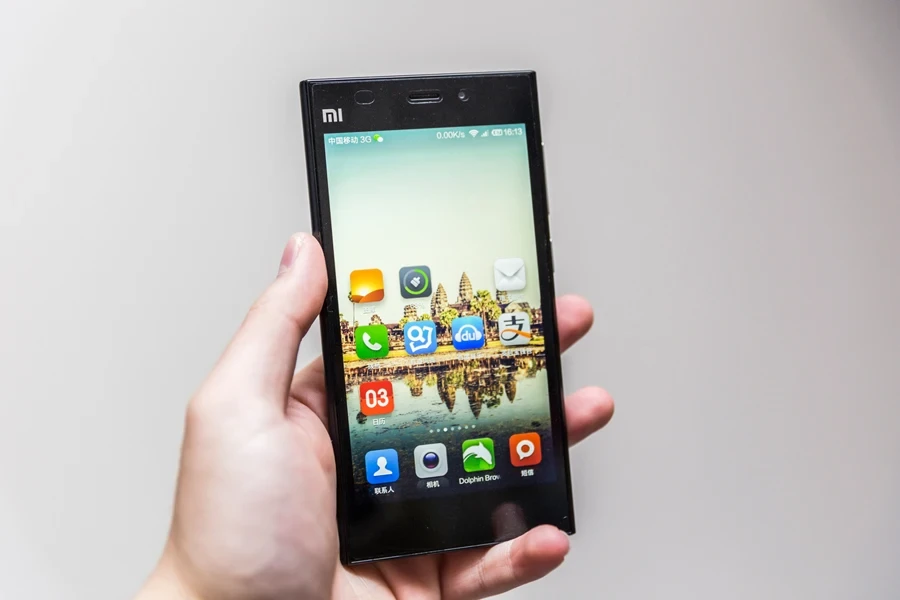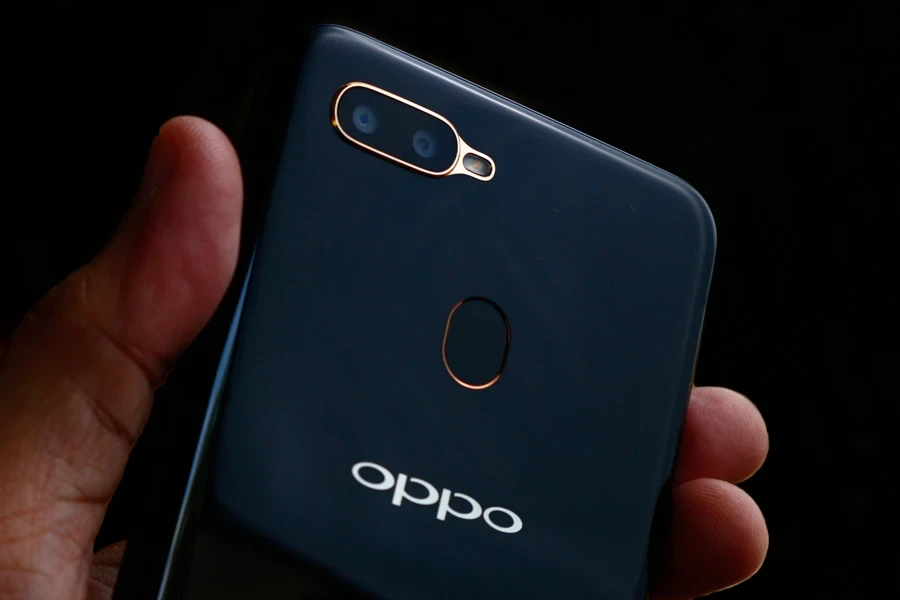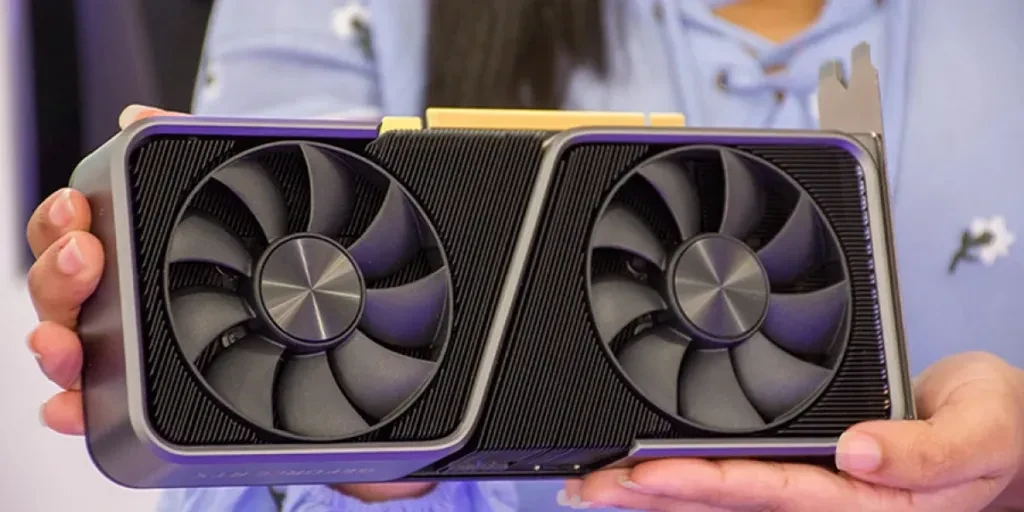China’s smartphone industry continues to innovate and evolve, and many are gaining traction internationally. Ready to learn more about the Chinese phones? Here we will look at the top five Chinese smartphone brands and how they are innovating.
Table of Contents
Overview of the smartphone market in China
Top 5 Chinese phone brands
1. Vivo
2. Huawei
3. Xiaomi
4. OPPO
5. HONOR
Advantages of sourcing Chinese phone brands
Competitive pricing = better margins
Wide product range
Ecosystem selling potential
Market customization
The future of Chinese phone brands
1. Expansion into high-end markets
2. Growth of proprietary technology
3. Push into Europe, Latin America, and Africa
4. Focus on sustainability and longer lifespans
Final thoughts
Overview of the smartphone market in China
According to the International Data Corporation (IDC), China’s smartphone market shipped over 286 million phones and reported 5.6% YoY growth, marking a recovery after two years of decline thanks to innovations like GenAI.
In Q4 2024, Vivo had the largest market share with 18%, driven by the affordability of the Y series, according to Counterpoint Research. While Apple came in second with 16.8%, Huawei was close behind with 16.7% and Xiamoi only slight behind them with 16%
Today, China is the largest smartphone market in the world with some of the world’s largest brands. Looking ahead, China’s smartphone market is expected to continue its low-single-digit growth.
Top 5 Chinese phone brands
The Chinese market for smartphones continues to expand and these powerful phones are worth taking a look at. Here are the current top five Chinese smartphone brands.
1. Vivo

- 2024 Shipments: 49.3 million units
- 2024 Market Share: 17%
- Growth: 11% year-over-year
In 2024, Vivo emerged as the market leader in Chinese smartphones. Vivo focused on upgrading its camera systems through in-house chipsets and ZEISS partnerships. The brand has also invested heavily in AI-powered features and fast-charging tech, making its phones competitive with premium flagships. These phones boast powerful performance, but at a lower price point.
2. Huawei

- 2024 Shipments: 46 million units
- 2024 Market Share: 16%
- Growth: 37% year-over-year
Despite facing some international challenges, Huawei has made a strong comeback in the domestic market. The company’s investment in proprietary technology, such as the HarmonyOS operating system, appeals to the tech savvy customer who is looking to get away from Android and Apple OS.
In 2024, Huawei released the Mate 60 Pro, a flagship phone powered by its Kirin 9000S chip. This is a major milestone in China’s semiconductor independence.
3. Xiaomi

- 2024 Shipments: Approximately 12.2 million units in Q4
- Market Share: 16% in Q4 2024
Xiaomi continues to be a top player in the Chinese smartphone market, offering feature-rich smartphones at competitive prices. Xiaomi blends affordability with cutting-edge features like 200 MP cameras, Snapdragon 8 Gen 2 chips, and top-tier displays. Its MIUI OS provides frequent updates and integration with other Xiaomi devices, such as smartwatches and home gadgets.
Xiaomi ranks as the #3 smartphone vendor globally with shipments growing 5% year over year.
4. OPPO

- 2024 Shipments: 42.7 million units
- 2024 Market Share: 15%
OPPO maintains a strong presence in the mid-to-high-end segments. While experiencing a slight decline in shipments, the brand continues to innovate, particularly in fast-charging technology and design aesthetics.
5. HONOR

- 2024 Shipments: 42.2 million units
- 2024 Market Share: 15%
As a spin-off from Huawei, HONOR has carved out its niche by combining advanced technology with a human-first mindset. They not only focus on innovative technology that empowers people, but they also actively lift up their community.
The brand’s independence from Huawei has allowed for greater flexibility in product development and marketing since 2020. In 2025, the Magic 7 Pro, running on the MagicOS, pushed innovation in battery life, display tech, and AI performance.
Advantages of sourcing Chinese phone brands

Chinese smartphone brands are more than just popular, they’re practical and profitable for tech resellers. Here are the key reasons why businesses should consider them:
Competitive pricing = better margins
Chinese phones are known for offering high-end devices at lower price points. This gives resellers flexibility — either to boost margins or offer great value to price-sensitive customers.
Wide product range
These brands typically release multiple models across different price brackets. From entry-level to flagship, businesses can offer a full spectrum of choices to different customer segments without switching vendors.
Ecosystem selling potential
Many brands offer more than just phones — think earbuds, fitness bands, tablets, and smart home products. This enables cross-selling, bundling, and larger average order values.
Market customization
Top brands increasingly design and tweak their products for specific international markets. This includes language support, regional firmware, and 5G compatibility, which helps with local sales and customer satisfaction.
The future of Chinese phone brands

Looking ahead, Chinese phone makers are poised to play an even bigger role in the global tech landscape. Here’s why:
1. Expansion into high-end markets
While Chinese brands have long dominated the budget and mid-range segments, they are now investing heavily in flagship innovation. Phones like Huawei’s Mate 60 Pro and Xiaomi’s 14 Ultra compete directly with Apple and Samsung on performance and design.
2. Growth of proprietary technology
Huawei has made strides with its own chipsets (Kirin) and operating system (HarmonyOS), while Xiaomi is developing its own imaging and AI tech. This reduces dependence on Western tech and makes these companies more resilient and innovative.
3. Push into Europe, Latin America, and Africa
As Western brands face saturation or retreat from some emerging markets, Chinese brands are expanding. Expect to see more localized marketing, service centers, and exclusive deals targeting these regions.
4. Focus on sustainability and longer lifespans
With more consumers caring about environmental impact, Chinese manufacturers are now promoting repairability, battery longevity, and energy efficiency as selling points. This can help resellers attract eco-conscious buyers.
Final thoughts
The Chinese smartphone market is no longer just a supplier of affordable alternatives, it’s a driver of innovation. Brands like Vivo, Huawei, Xiaomi, OPPO, and HONOR are shaping the future of mobile technology.
For tech businesses, staying informed on these brands isn’t just helpful, it’s strategic. Whether you’re launching an e-commerce storefront, sourcing inventory for your retail shop, or expanding into new markets, these brands offer the innovation, demand, and value that make them worthy of consideration.




